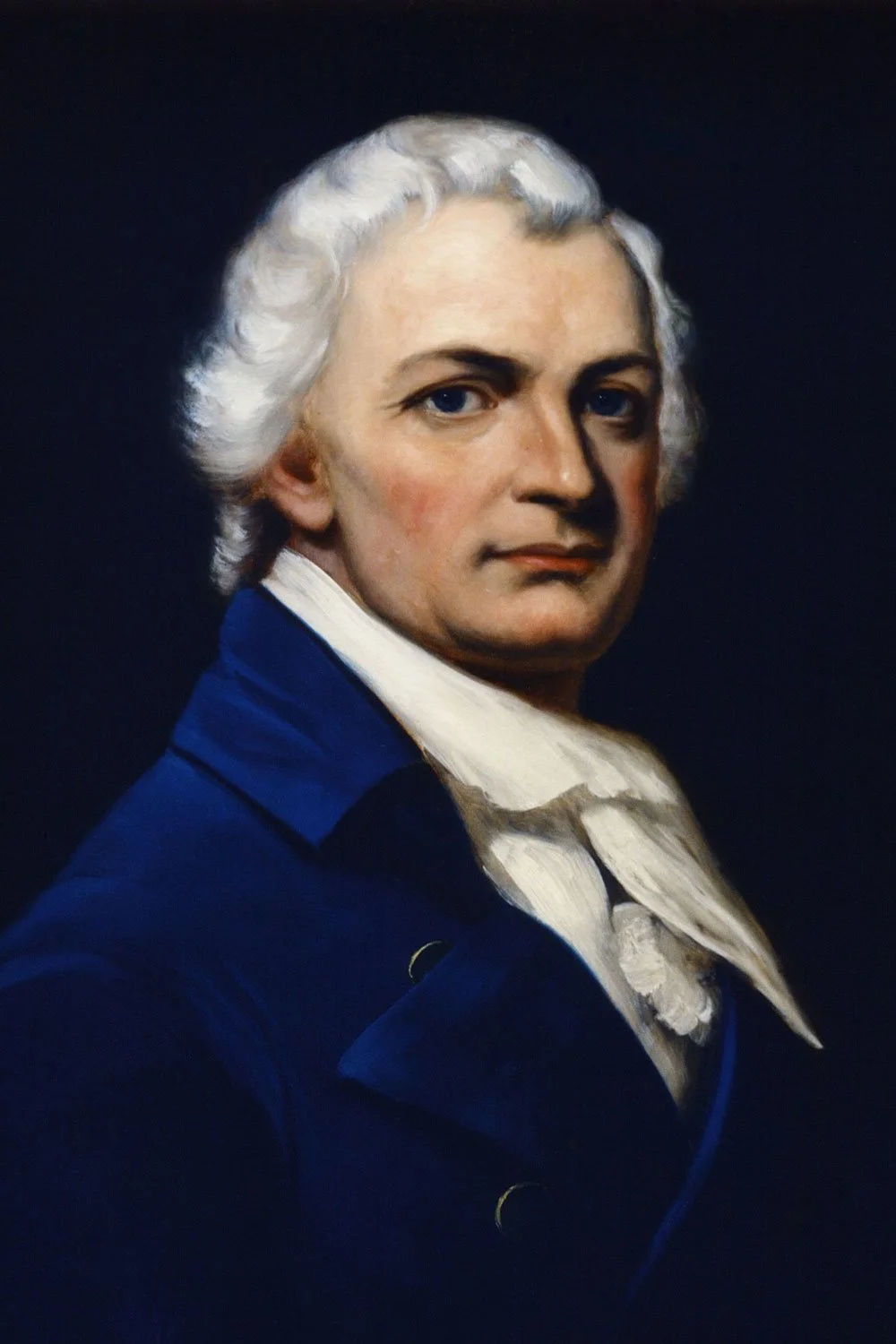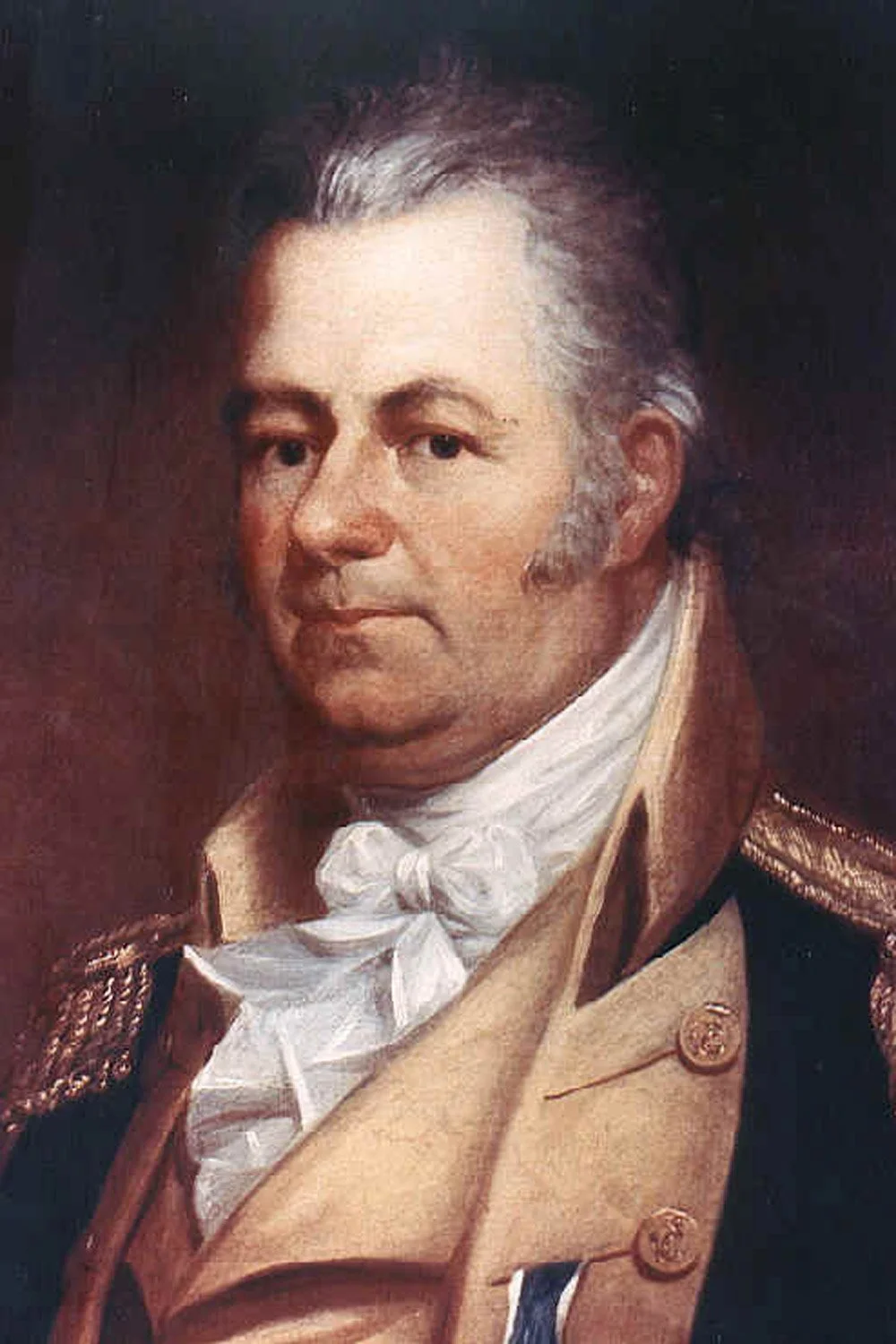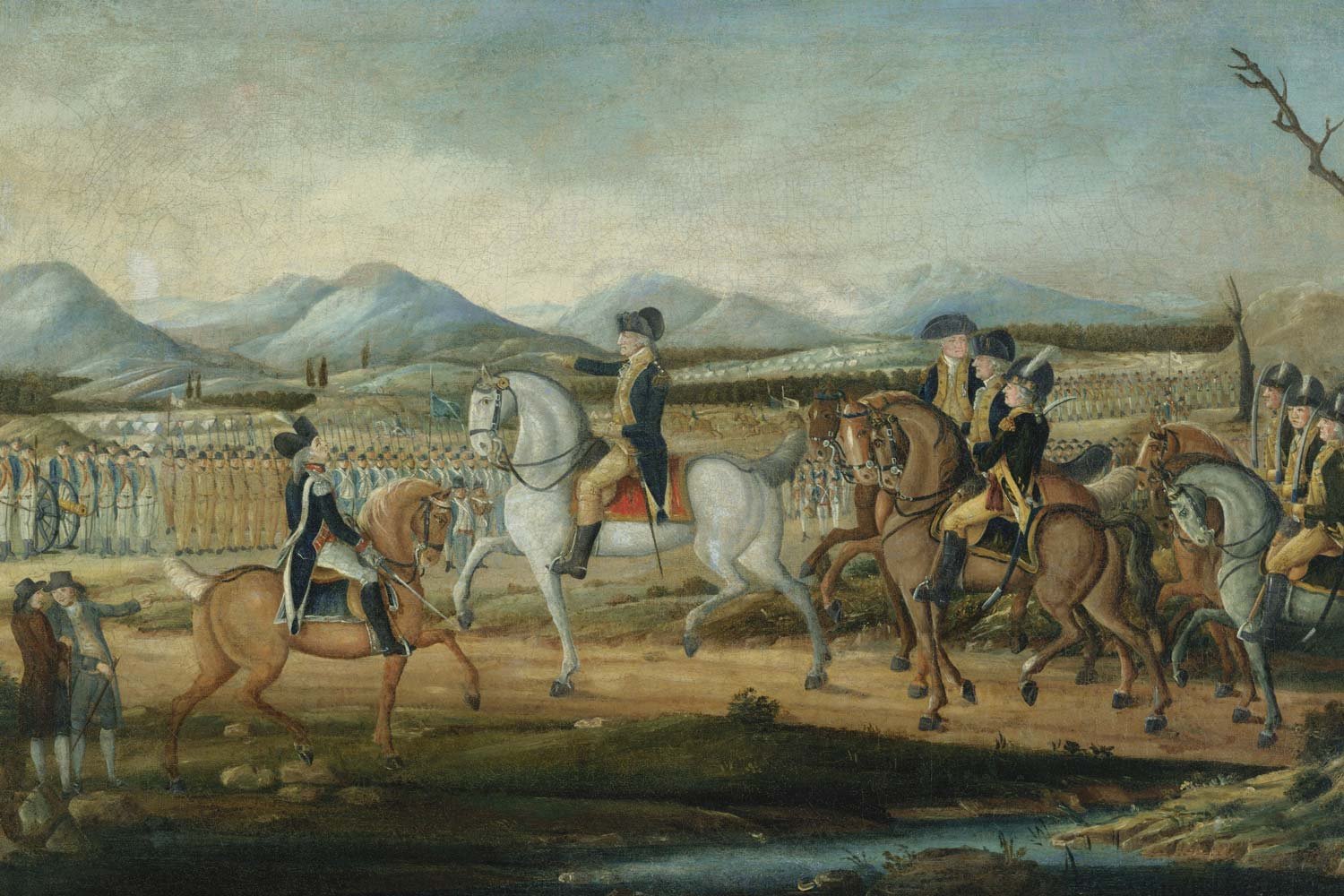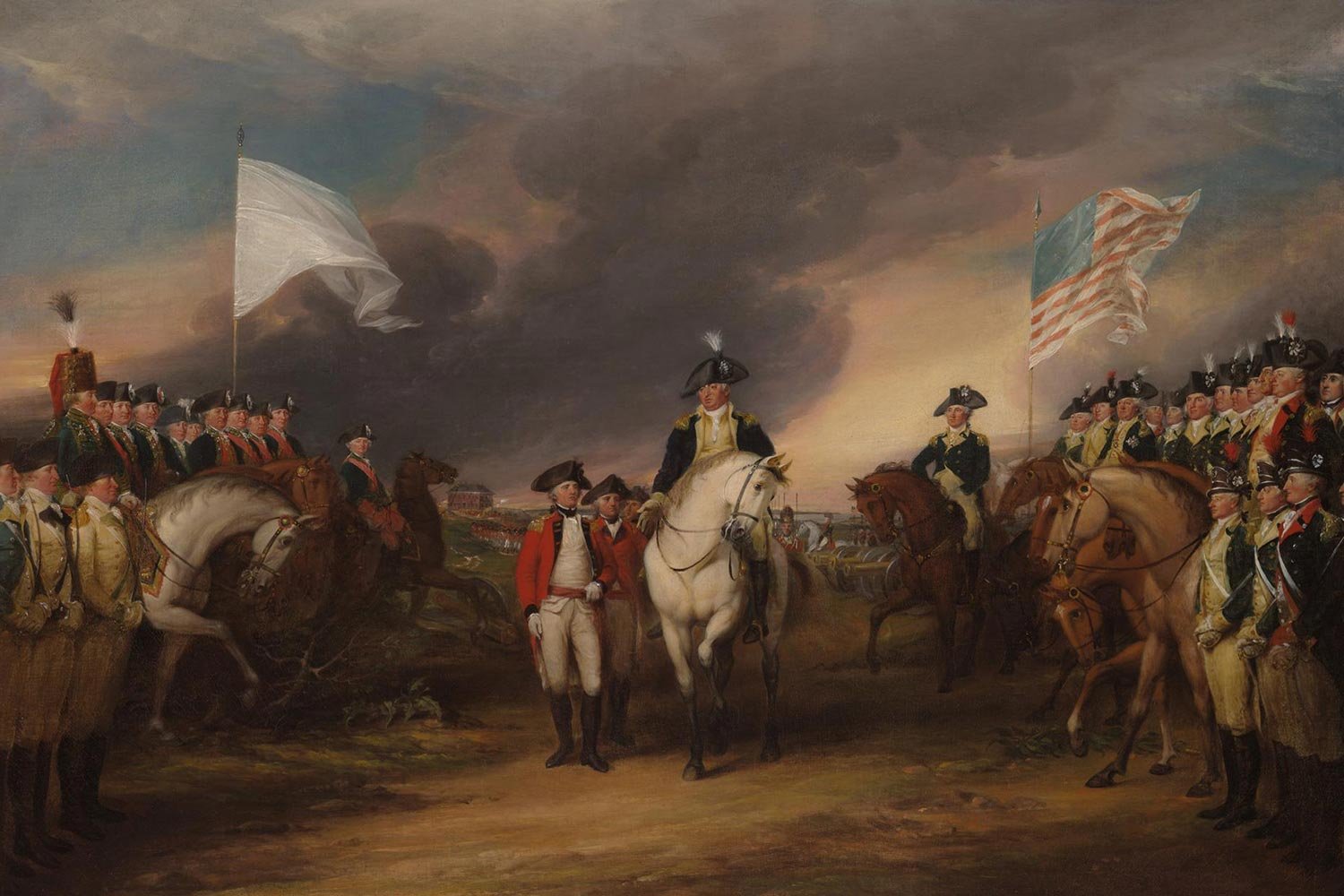Escalating Tensions with France Lead to Quasi-War
The Quasi-War was an undeclared war between France and the United States, largely fought at sea in the Caribbean and along the southern coast of America, between 1798 and 1800. It developed because of a series of related events that soured the formerly strong relationship between the two nations.
This episode was a textbook example of the fragility of alliances and how nations always work in their own self-interest. France, who just a decade earlier had been our devoted ally when we were fighting their eternal enemy, England, now turned on us simply because we wanted to be neutral. Conversely, England, with whom we had just fought a costly war, often assisted our merchant fleet with convoy protection from French marauders.
By early 1798, due to perceived insults by the Revolutionary French government and depredations by French privateers on American merchant ships, there were growing calls in America, especially among the Federalists, to declare war on France. President John Adams, wanting to maintain our neutrality, refused to take this drastic step.
However, the President recognized the United States needed to defend its ships and its right to freedom of the seas. The immediate need was to recreate our navy which had been disbanded due to budget cuts soon after the American Revolution and the distrust the Jeffersonian Democratic-Republicans had for federal departments.
Up to this point, naval matters had come under the direction of the Secretary of War. But, on April 30, 1798, Congress created the Department of the Navy, and, on June 18, President John Adams named Benjamin Stoddert as the first Secretary of the Navy.
Congress also finally appropriated the necessary funds to finish six frigates that had been authorized in 1794 but never completed. These ships were authorized a full complement of 350-450 men and carried between 38 and 50 guns, each of which fired 18 or 24-pound solid balls to destroy enemy ships and grapeshot (loose metal fragments like shrapnel) to kill enemy sailors.
“Benjamin Stoddert, Secretary of the Navy.” Naval History and Heritage Command.
Three of these (USS Constellation, USS Constitution, USS United States) were manned and put to sea in 1798. The remaining frigates (USS Congress, USS Chesapeake, USS President) went into action in 1799 and 1800. Congress also appropriated funds for two more frigates and four sloops (smaller, fewer guns, and faster than the frigates).
This new federal fleet was further augmented by so-called “subscription ships,” vessels paid for by private funds, typically by a coastal city. One of these privately owned ships, the USS Boston, a frigate raised in Boston, captured 80 French vessels in her cruises around the Caribbean in less than two years.
Not surprisingly, these ships proved to be very lucrative for the owners as they were allowed to keep any money obtained from capturing enemy vessels and selling them and their cargo to the highest bidder. Between federal and private ships, Stoddert, President Adam’s most loyal and capable cabinet member, built up an American fleet of about twenty-five fighting vessels.
On July 7, 1798, Congress authorized this new United States Navy to begin seizing French ships, marking the “official” start date of the Quasi-War. Recognizing our fleet was too small to patrol the entire Atlantic, Secretary Stoddert wisely decided to concentrate its efforts in the Caribbean where most of the French privateers were based. Almost immediately, our seamen proved their worth.
Because of the conflict in Europe, most of the main battleships of the French line were bottled up in French ports by the much stronger English Navy. The French fleet had also suffered a disastrous defeat at the hands of Admiral Horatio Nelson and his British ships in November 1798 at the Battle of the Nile.
Consequently, the French ships that made it to the Caribbean were frigates and schooners similar in size to their American counterparts. As a result, most of the fights were single ship engagements.
The American ships performed well and out classed their French adversaries in virtually every encounter. Over the course of more than two years and numerous engagements, our fledgling navy lost only one ship in battle, the USS Retaliation, which we recaptured seven months later.
“Thomas Truxtun.” Wikimedia.
Our most successful commander in the Quasi-War was Captain Thomas Truxtun, commander of the USS Constellation. Truxtun, who went to sea at the age of 12 aboard a British merchant ship, was a former privateer captain in the American Revolution.
Over the course of the war, Truxtun and his men engaged in the two most significant one-on-one naval battles with the French. Due to the crew’s superior training and Truxtun’s seamanship, the Constellation captured L’Insurgente on February 9, 1799, and destroyed La Vengeance on February 1, 1800. In both cases, the Constellation overcame larger and more heavily gunned French warships.
Despite America’s clear superiority in ship-to-ship engagements, we lost about 2,000 merchantmen to French privateers over the course of the war. The limited number of naval vessels available for convoy protection and the extensive trade routes they had to guard were simply too much to prevent significant losses. Between the ships and cargo, the costs amounted to about $20,000,000 by the end of the conflict.
Next week, we will talk about the end of the Quasi-War and its aftermath. Until then, may your motto be “Ducit Amor Patriae,” Love of country leads me.












The only fighting in the Quasi-War occurred at sea, and mostly in the Caribbean. But with war at a fever pitch and French interests so close by in Louisiana, there was a very real concern in Congress about a possible French invasion of the United States from the west.